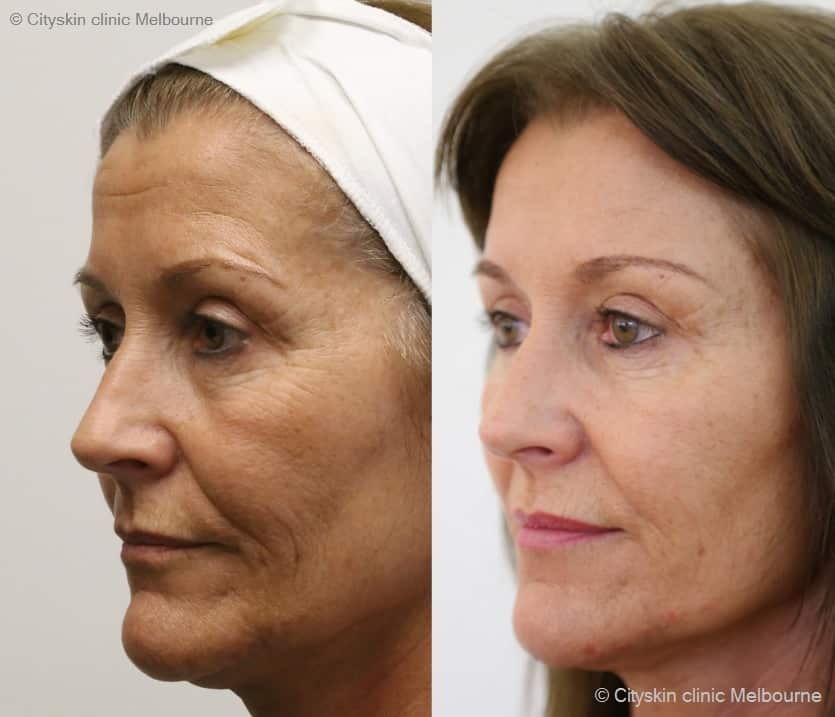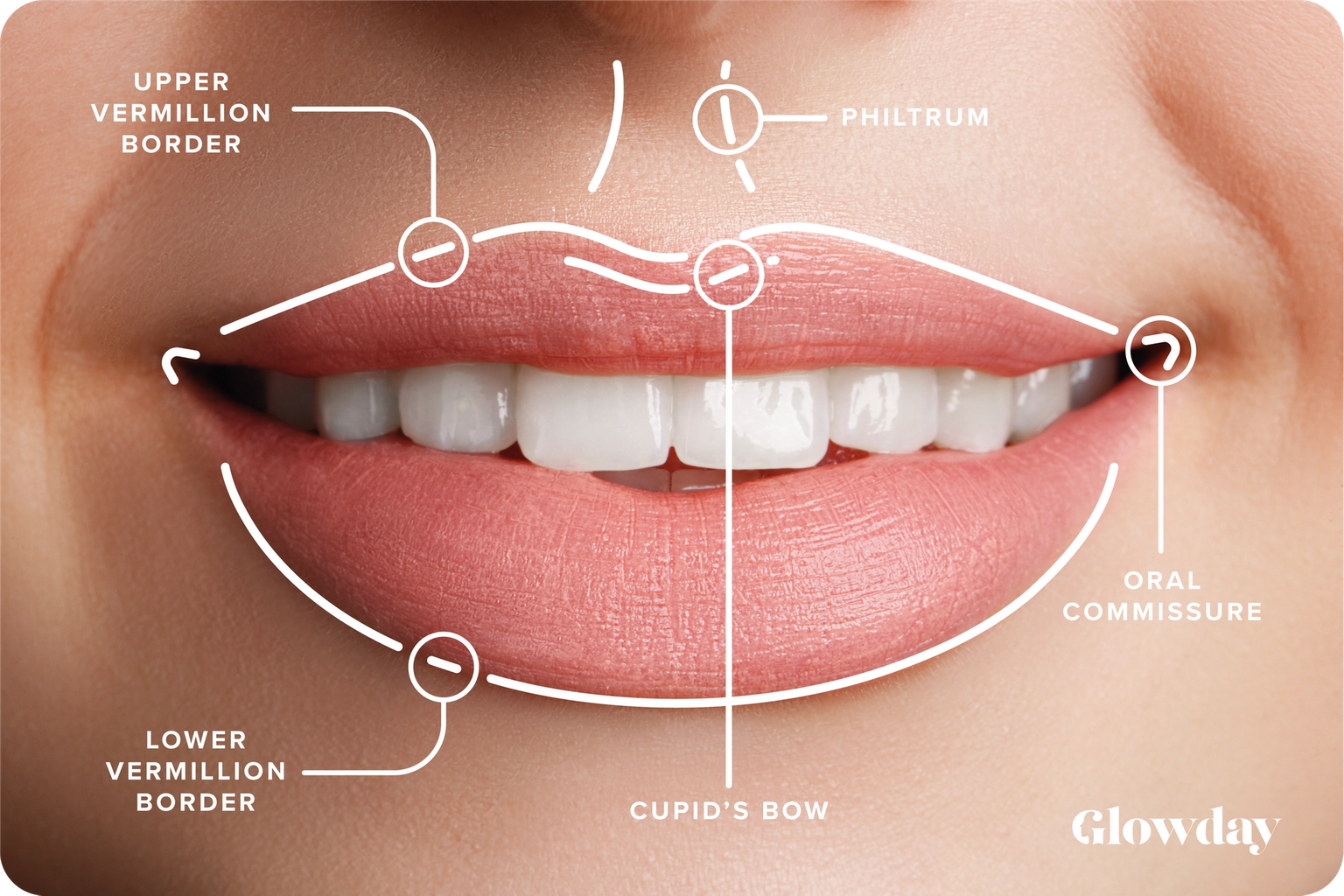Have you ever thought about facial fillers? You may not know what to expect from them. Although they are becoming more common, there may be little information about them. Because they can be sensitive to your overall health, you need to know everything you can about facial fillers before taking them. Although fillers have tremendous benefits, you should not do them impulsively. In this article, we will go over the important details of facial fillers in detail. We will discuss what you need to know before and after getting fillers. What to expect after facial fillers?
What are facial fillers
Facial fillers are often gel-like substances of natural or synthetic origin. They find use for injecting into the skin in certain folds, tissues or lines. Usually the main purpose of getting facial fillers is to reduce the severity of wrinkles that often appear with age.
A wide variety of materials are used as facial fillers. In many countries, fillers are usually considered medical products. This puts them under safety and efficacy regulations from the authorities. In the United States, the Food and Drug Administration is responsible for their safety and effectiveness.
One of the most typical materials used as facial fillers is hyaluronic acid. It is a natural substance that is found in body parts such as joints, eyeballs and skin. The gel-like hyaluronic acid gives the skin a plump and moisturized appearance when used as a filler.
Because hyaluronic acid fillers are naturally present in the body, they often integrate with normal skin function. In doing so, they absorb moisture and thereby hydrate the surrounding areas. Hyaluronic acid fillers are also different in that they are reversible. They can be absorbed by the body, which affects the activity time. They last an average of 6 to 18 months.
Other facial fillers used are poly-L-lactic acid, calcium hydroxylapatite and polymethyl methacrylate. Poly-L-lactic acid is a synthetic biodegradable polymer that helps stimulate the body to produce collagen. Calcium hydroxyapatite is thicker than hyaluronic acid, so it is used to fill in deeper wrinkles. The calcium in it makes it visible under X-rays and CT scans. Polymethyl methacrylate is often considered a permanent filler. Reports confirmed by the FDA show that it has a lifespan of up to 5 years. However, there are also reports of problems with PMMA.
In addition to treating scars and fine lines, facial fillers offer a very wide range of results. They are also used to brighten deep areas under the eyes, re-inflate the arms, and lift sunken scars or sharpen the chin line. Sharper cheekbones, straighter noses or firm skin on the neck and arms are also reasons to get filler. So you can get a lot of benefits.




